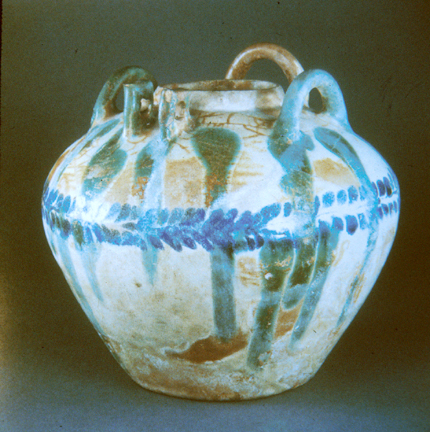The defining cultural force in the Middle East is Islam, and this faith began to spread in 622 CE with the arrival in Medina of the prophet Muhammad (570-632 CE). Islam shares a belief with Christianity and Judaism in the Old Testament books of the Bible, and Muhammad is believed by Muslims to be the successor to Abraham and Jesus, and the interpreter of God's word. Muhammad wrote that 'There is no God but Allah, and Muhammad is his prophet.' His writings were collected into what is known as the Koran (or Qur'an), the equivalent of the Bible to Muslims. The Koran is considered the word of God, and was written in Arabic. It was forbidden to translate the word of God into other languages, and through this edict, Arabic became the 'official' language of the Muslim world. Just as the Romans and Shi-huangdi in China had established an official and common language approved for use in their territory and conquered lands, Arabic would come to serve the same purpose in the Islamic world. Through military conquest, Islam would come to dominate all of the Middle East, India, Northern Africa, and into Europe through Spain.
With the establishment of a unified culture throughout the Middle East, trade and commerce could be extended beyond the borders and into China during Tang times. The shape and decoration of this large spouted jar are based on Chinese Tang export ware, although it was made by local potters in the area of modern-day Iraq. With its dripped and splashed glaze application, it mimics the style of 'sancai' glazing, the three color process favored by Tang potters. Tang ware was imported into the Middle East along the silk road during Early Islamic times, and copied extensively. A terra cotta, reddish-brown clay was used for the body and covered first with a white slip, and then a transparent lead glaze. Over this glaze, other colored glazes were splashed and dripped, such as an iron bearing glaze used to create amber colors, copper glaze for green, cobalt for blues, and occasionally, manganese for purples. Original examples of Tang pottery have been found in archaeologic sites in Iran and Iraq, but these items were undoubtedly very expensive to import, so rulers gave their financial backing and support to local artisans to produce this valued style. Interestingly, this would prove to be a 'two way street,' with Islamic pottery also being exported into China, and Tang burials sometimes contain pottery from the Middle East alongside local products.

Jar with 'sancai' type decoration based on Tang export ware, Iraq, 9th Century


